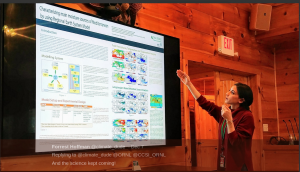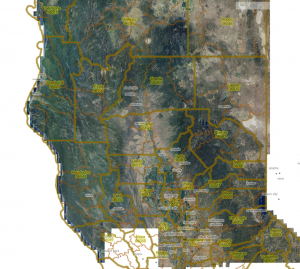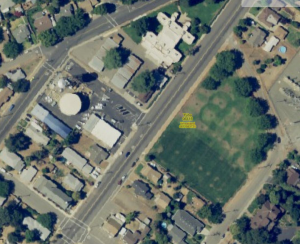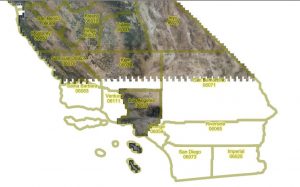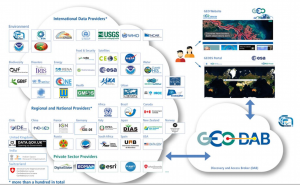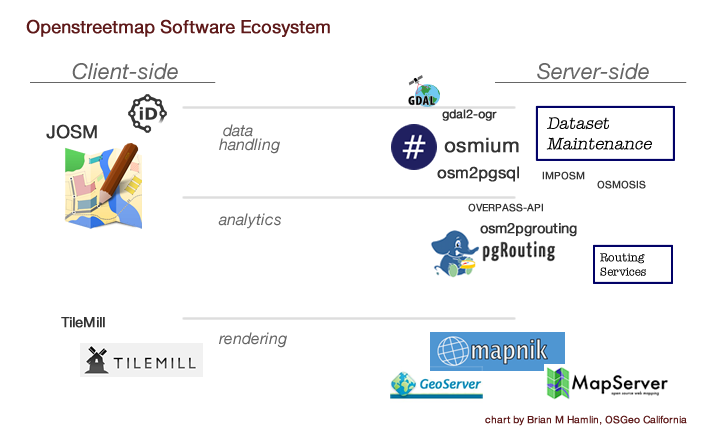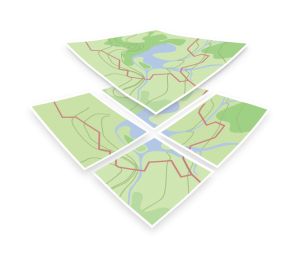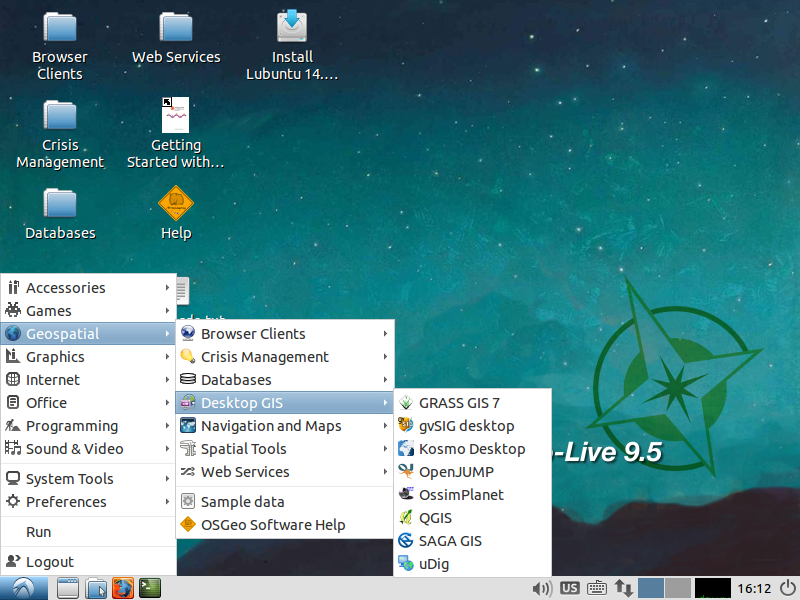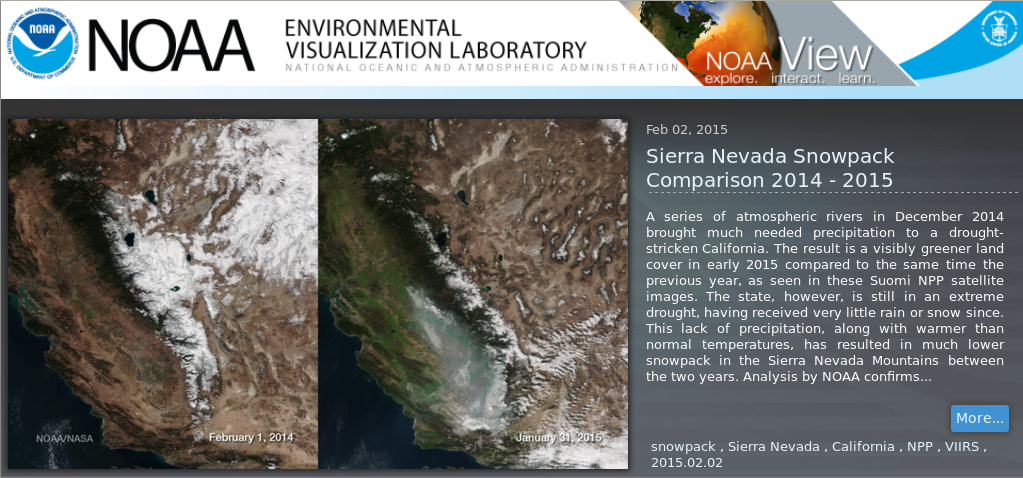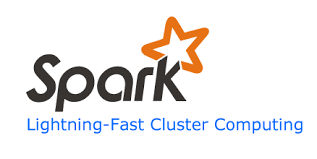In Openstreetmap US, California Fresno area, a controversial [0] series of imports of legal property records (aka PARCEL) are mixed in with other POLYGONS. Many various POLYGON in Fresno now share the tag landuse=residential, both the PARCEL legal records and real building footprint POLYGON, as well as various others. After reviewing the wiki talk page, relevant discussions, and discussing online briefly, this post looks at the OSM context; estimates the extent of these imports by examining similar, nearby areas; compares the OSM records to actual current PARCEL records; proposes a deletion criteria and finally, examines the extent of the proposed deletion.
[0] changeset/26356220 * changeset/26357831
OSM Wiki on Parcels -LINK- -TALK-
Context: Fresno County is big — but the real-world residential areas are confined almost entirely to the City of Fresno.
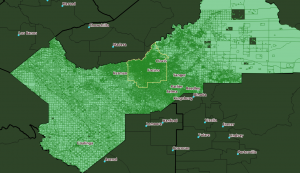
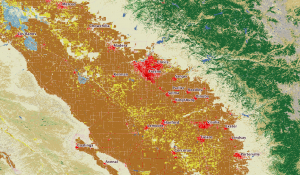
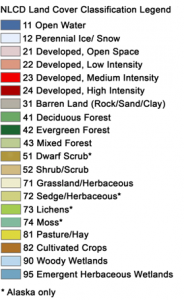
NLCD 06 mrlc.gov
Q. What tag 'landuse' values are present in County Subdivision Fresno?
151670 | residential
6644 | commercial
6463 | NULL
3859 | industrial
706 | farm
574 | vineyard
498 | orchard
453 | meadow
109 | garages
less than 100:
basin,farmyard,recreation_ground,grass,farmland,religious,cemetery,retail,
quarry,reservoir,railway,landfill,construction,institutional
Next, expand the query to the entire five-county region
Q. What tag 'landuse' values are present in the five county area
-- Kings, Madera, Tulare, Kern, Fresno
207902 | NULL
203000 | residential
11697 | commercial
7054 | farm
6679 | orchard
5941 | industrial
5251 | vineyard
5029 | meadow
2475 | farmland
1980 | farmyard
885 | grass
less than 300:
garages,cemetery,recreation_ground,basin,quarry,reservoir,religious,retail
forest,scrub,military,landfill,railway,pond,greenhouse_horticulture,construction
So, 150,000 of the 200,000 landuse=residential tagged POLYGONs in a five-county area, are in just the Fresno City CCD.
Attribution On inspection, a large number of likely PARCEL records in Fresno, carry an attribution tag with one of several recognizable values: Caltrans (4), FMMP (3) and Fresno_County_GIS.
example data:
"type"=>"multipolygon", "landuse"=>"vineyard", "attribution"=>"Fresno_County_GIS"
"crop"=>"field_cropland", "type"=>"multipolygon", "landuse"=>"farm", "attribution"=>"Fresno_County_GIS"
"crop"=>"field_cropland", "type"=>"multipolygon", "landuse"=>"farm", "attribution"=>"Fresno_County_GIS"
"crop"=>"native_pasture", "type"=>"multipolygon", "landuse"=>"meadow", "attribution"=>"Fresno_County_GIS"
"crop"=>"native_pasture", "type"=>"multipolygon", "landuse"=>"meadow", "attribution"=>"Fresno_County_GIS"
"type"=>"multipolygon", "landuse"=>"vineyard", "attribution"=>"Fresno_County_GIS"
"crop"=>"field_cropland", "type"=>"multipolygon", "landuse"=>"farm", "attribution"=>"Fresno_County_GIS"
"type"=>"multipolygon", "landuse"=>"vineyard", "attribution"=>"Fresno_County_GIS"
"crop"=>"field_cropland", "type"=>"multipolygon", "landuse"=>"farm", "attribution"=>"Fresno_County_GIS"
"type"=>"multipolygon", "trees"=>"orange_trees", "landuse"=>"orchard", "attribution"=>"Fresno_County_GIS"
"type"=>"multipolygon", "landuse"=>"residential", "lot_type"=>"single family residential properties", "other_use"=>"S", "attribution"=>"Fresno_County_GIS", "primary_use"=>"000", "secondary_use"=>"VLM"
"type"=>"multipolygon", "wood"=>"mixed", "landuse"=>"farm", "natural"=>"wood", "attribution"=>"Fresno_County_GIS"
"type"=>"multipolygon", "landuse"=>"vineyard", "attribution"=>"Fresno_County_GIS"
"type"=>"multipolygon", "landuse"=>"orchard", "attribution"=>"Fresno_County_GIS"
Detailed counts in Fresno County and the Fresno CCD
-- Fresno County: geoid 06019 / tl_2016_us_county
241860 - all multipolygons
231624 - tag landuse
196017 - tag landuse = 'residential'
230685 - tag 'attribution'
230612 - tag 'attribution' ~* 'GIS'
----------------------------------------------------
-- Fresno CCD: geoid 0601991080
171200 - all multipolygons
164737 - tag landuse
151670 - tag landuse = 'residential'
166163 - tag 'attribution'
166147 - tag 'attribution' ~* 'GIS'
----------------------------------------------------
-- Fresno County outside of Fresno CCD (derived)
70660 - all multipolygons (241860 - 171200)
66887 - tag landuse (231624 - 164737)
44347 - tag landuse = 'residential' (196017 - 151670)
64465 - tag 'attribution' ~* 'GIS' (230612 - 166147)
Qry - count the occurances of attribution 'GIS' AND
landuse = 'residential'; area Fresno County, by cousub
name | count
--------------------------+--------
Caruthers-Raisin City | 1400
Fresno | 150681
Kerman | 4093
Reedley | 5967
Mendota | 1779
San Joaquin-Tranquillity | 1030
Coalinga | 2528
Firebaugh | 1152
Orange Cove | 1579
Kingsburg | 3557
Huron | 87
Fowler | 1527
Sierra | 963
Parlier-Del Rey | 2633
Sanger | 7796
Riverdale | 1208
Laton | 599
Selma | 6221
Compare current parcel data (670 records) to OSM multipolygon with tag landuse=residential (350 records), in a sample Fresno blockgroup ('060190045051')
BBOX="-119.7994,36.8084,-119.7903,36.8229"
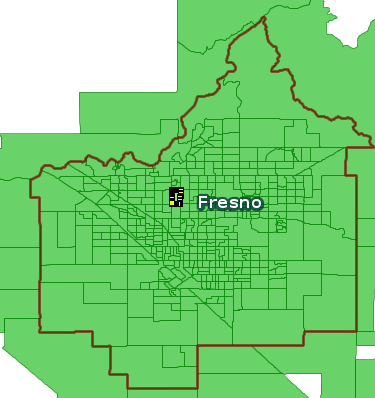
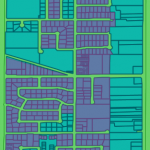
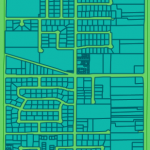
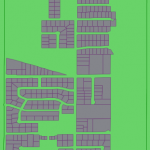
This looks promising: take all OSM multipolygons marked landuse=residential, then remove WHERE tag attribution exists AND tag building does not exist …
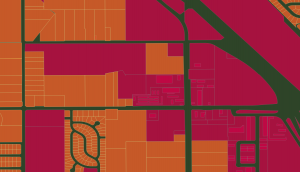

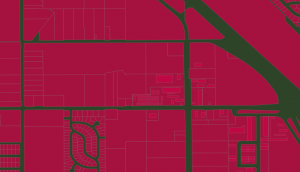
Some Links:
https://help.github.com/articles/mapping-geojson-files-on-github/
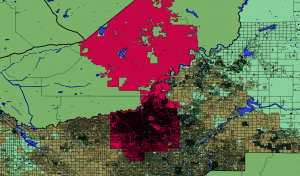
-- County of Fresno, subdivision Fresno geoid = '0601991080'
-- multipolygons m is a raw dot-pbf import of OSM
-- Qry - Show all landuse tags and a count of occurances
-- area: Fresno CCD
--
select count(*), all_tags -> 'landuse'
FROM multipolygons m, tl_2016_06_cousub cs
WHERE
cs.geoid = '0601991080' AND
st_intersects( m.wkb_geometry, cs.geom)
GROUP BY all_tags -> 'landuse'
ORDER BY all_tags -> 'landuse';
/* count | landuse tag
--------+-------------------
48 | basin
11 | cemetery
6644 | commercial
1 | construction
706 | farm
24 | farmland
43 | farmyard
109 | garages
28 | grass
3859 | industrial
1 | institutional
1 | landfill
453 | meadow
498 | orchard
2 | quarry
1 | railway
37 | recreation_ground
19 | religious
2 | reservoir
151670 | residential
6 | retail
574 | vineyard
6463 |
*/
--=====================================================
--
-- Kern County - FIPS 029
-- Fresno County - FIPS 019
--
-- Qry - Show CCDs and a count of tag landuse = 'residential'
-- area: Fresno County, Kern County
--
select count(*), (cs.geoid, cs.name, cs.countyfp)
FROM multipolygons m, tl_2016_06_cousub cs
WHERE
cs.countyfp IN ( '019', '029' ) AND
all_tags -> 'landuse' = 'residential' AND
st_intersects( m.wkb_geometry, cs.geom)
GROUP BY (cs.geoid, cs.name, cs.countyfp)
ORDER BY (cs.geoid, cs.name, cs.countyfp) ;
/*
1408 | (0601990390,"Caruthers-Raisin City",019)
2558 | (0601990530,Coalinga,019)
1170 | (0601991000,Firebaugh,019)
1541 | (0601991060,Fowler,019)
151670 | (0601991080,Fresno,019)
...............
60 | (0602990130,Arvin-Lamont,029)
724 | (0602990180,Bakersfield,029)
................
1096 | (0602993320,Tehachapi,029)
188 | (0602993570,Wasco,029)
715 | (0602993635,"West Kern",029)
*/
--==================================================
--
-- Qry - Show all landuse tags and a count of occurances
-- area: Fresno County, Kern County
----
select count(*), all_tags -> 'landuse'
FROM multipolygons m, tl_2016_06_cousub cs
WHERE
cs.countyfp IN ( '019', '029' ) AND
st_intersects( m.wkb_geometry, cs.geom)
GROUP BY all_tags -> 'landuse'
ORDER BY all_tags -> 'landuse';
/* count | landuse tag
--------+-------------------------
1 | aerodrome
83 | basin
54 | cemetery
11107 | commercial
1 | conservation
1 | construction
5160 | farm
2426 | farmland
1034 | farmyard
5 | forest
268 | garages
885 | grass
1 | greenhouse_horticulture
5830 | industrial
1 | institutional
3 | landfill
3318 | meadow
4 | military
6519 | orchard
45 | quarry
3 | railway
86 | recreation_ground
19 | religious
19 | reservoir
201341 | residential
13 | retail
16 | scrub
5225 | vineyard
203195 |
*/
--===================================================
--
-- Qry - Show all landuse tags and a count of occurances
-- area: Bakersfield city, Kern County (similar to Fresno city )
--
select count(*), all_tags -> 'landuse'
FROM multipolygons m, tl_2016_06_place p
WHERE
p.namelsad = 'Bakersfield city' AND
st_intersects( m.wkb_geometry, p.geom)
GROUP BY all_tags -> 'landuse'
ORDER BY all_tags -> 'landuse';
/* count | landuse tag
--------+-------------------
4 | cemetery
687 | commercial
78 | farm
3 | farmland
23 | farmyard
836 | grass
261 | industrial
52 | meadow
18 | orchard
1 | railway
8 | recreation_ground
710 | residential
16 | scrub
119669 |
*/
--===================================================
--
-- Qry - Show all landuse tags and a count of occurances
-- area: Fresno City
--
--
select count(*), all_tags -> 'landuse'
FROM multipolygons m, tl_2016_06_place p
WHERE
p.namelsad = 'Fresno city' AND
st_intersects( m.wkb_geometry, p.geom)
GROUP BY all_tags -> 'landuse'
ORDER BY all_tags -> 'landuse';
/* count | landuse tag
--------+-------------------
25 | basin
5 | cemetery
5523 | commercial
1 | construction
67 | farm
4 | farmland
4 | farmyard
65 | garages
12 | grass
2410 | industrial
1 | landfill
268 | meadow
45 | orchard
1 | railway
26 | recreation_ground
19 | religious
1 | reservoir
105930 | residential
5 | retail
15 | vineyard
5192 |
*/



